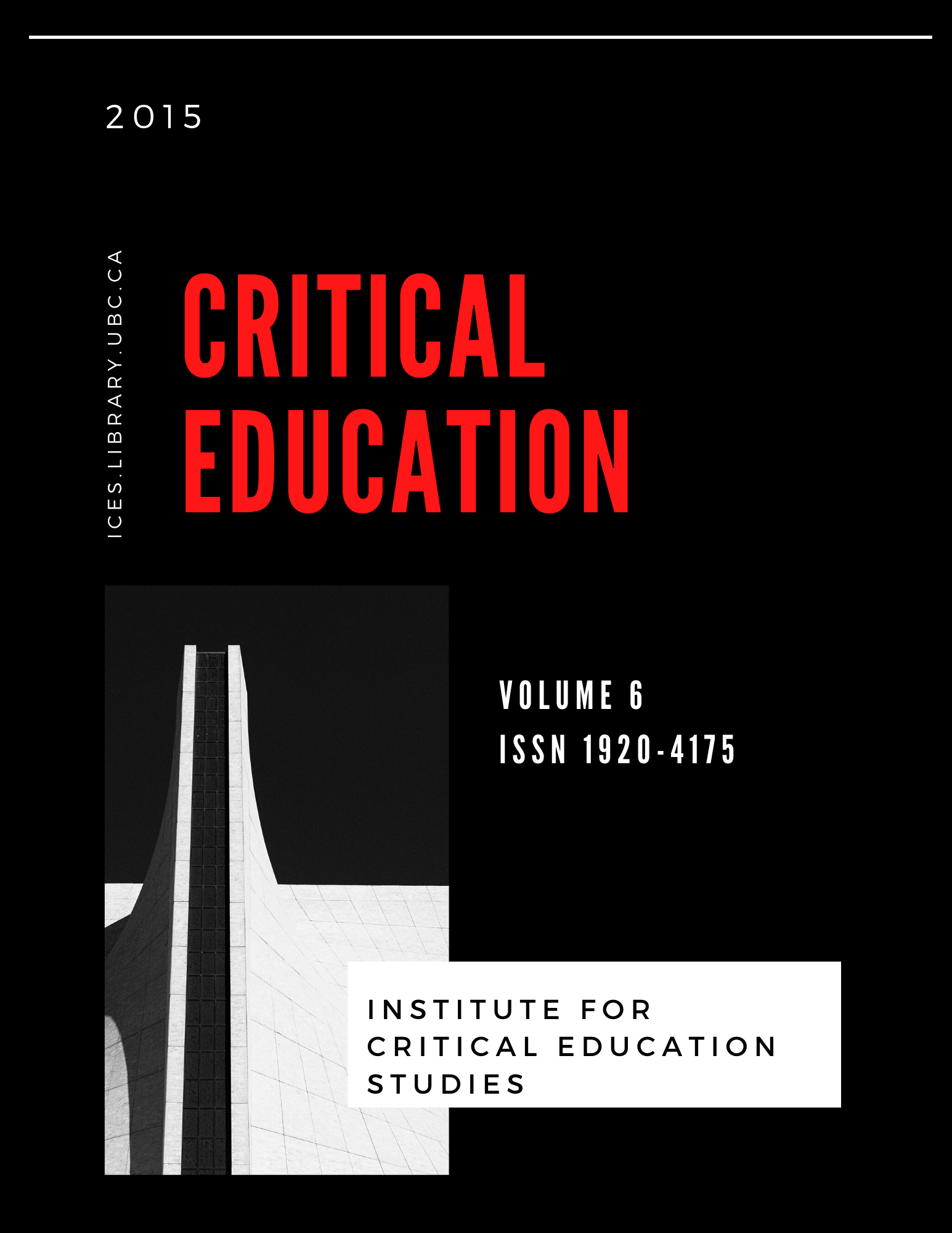Teach For America in the Media: A Multimodal Semiotic Analysis
DOI:
https://doi.org/10.14288/ce.v6i16.184961Keywords:
Neoliberalism, Teach For America, Critical Discourse Analysis, Mainstream Media, Media Studies, Education Reform, MediaAbstract
Teach For America (TFA), a 501(c)(3) nonprofit corporation, recruits college graduates, often from outside of the educational domain, from some of the United States’ most prestigious universities to teach for two years in low-income, oftentimes racially diverse, schools around the country. This social semiotic approach to multimodal critical discourse analysis seeks to uncover and explore the ideologies found in the discourse surrounding TFA’s media representation. The purpose of this analysis is to describe how TFA is represented by it’s own organization and how it is represented by the media both positively and negatively, giving explicit attention to how social actors are either collectivized or individualized. TFA’s media portrayal enables individuals who have not interacted with the organization, and also may have very little understanding of it, to form an opinion about its work and effectiveness, thus creating and reinforcing beliefs that align people for or against TFA.
Downloads
Published
Issue
Section
License
Authors who publish with Critical Education agree to the following terms:
- Authors retain copyright and grant the journal right of first publication with the work simultaneously licensed under a Creative Commons Attribution License that allows others to share the work with an acknowledgement of the work's authorship and initial publication in this journal.
- Authors are able to enter into separate, additional contractual arrangements for the non-exclusive distribution of the journal's published version of the work (e.g., post it to an institutional repository or publish it in a book), with an acknowledgement of its initial publication in this journal.
- Authors are permitted and encouraged to post their work online (e.g., in institutional repositories or on their website) prior to and during the submission process, as it can lead to productive exchanges, as well as earlier and greater citation of published work (See The Effect of Open Access).












